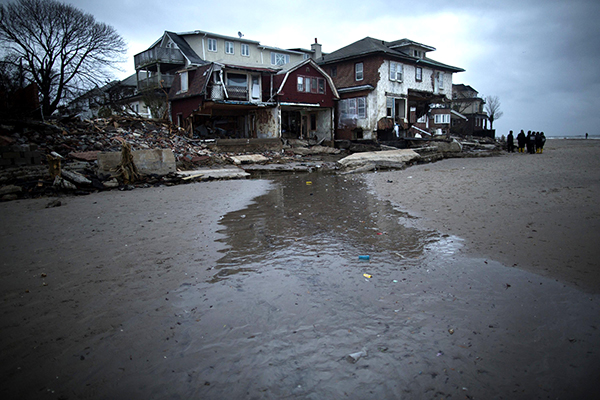LISTEN: Is NYC prepared for another Superstorm Sandy?

Subscribe to Brooklyn this Week:
In Bushwick, Emily Bonani saw sewage water transform her basement apartment into a swimming pool.
“From underneath the door and then underneath my walls, water just came flooding in,” Bonani told Brooklyn This Week. “Then water started coming out of my closet as well. There was brown stuff all over the floor. I’m assuming it was sewage.”

Brooklyn Boro
View MoreNew York City’s most populous borough, Brooklyn, is home to nearly 2.6 million residents. If Brooklyn were an independent city it would be the fourth largest city in the United States. While Brooklyn has become the epitome of ‘cool and hip’ in recent years, for those that were born here, raised families here and improved communities over the years, Brooklyn has never been ‘uncool’.